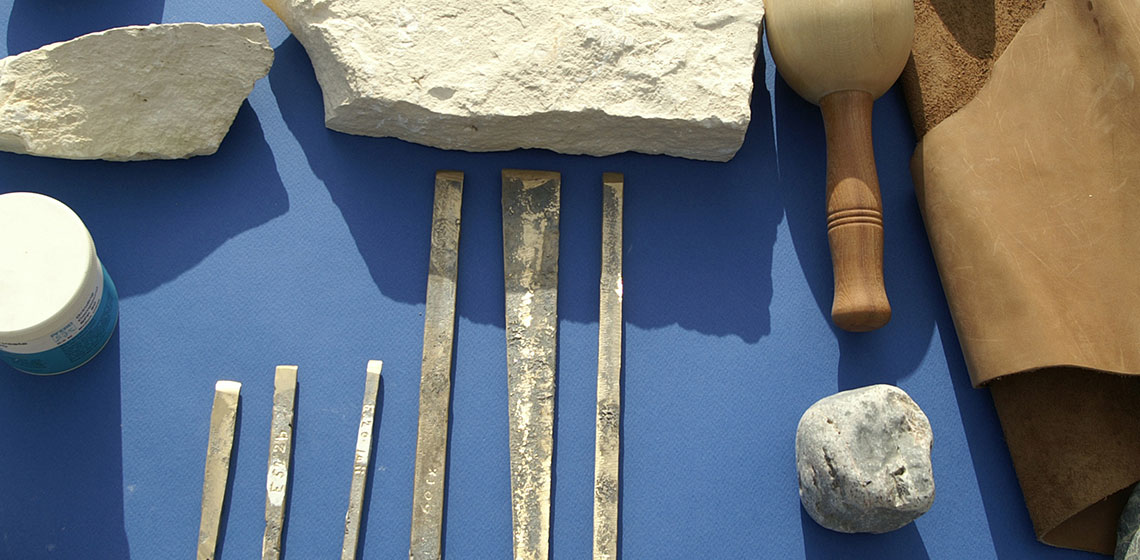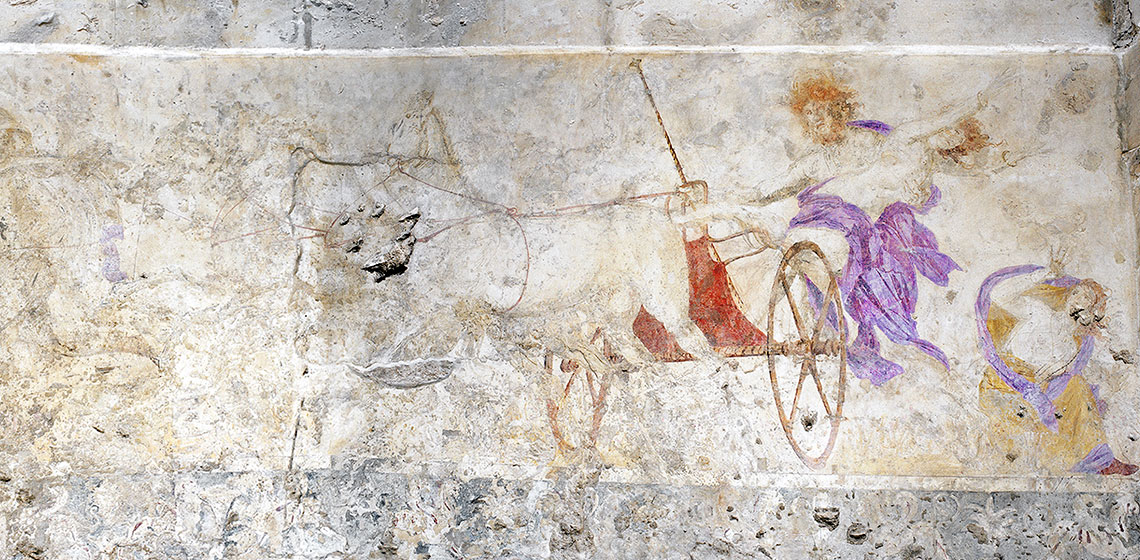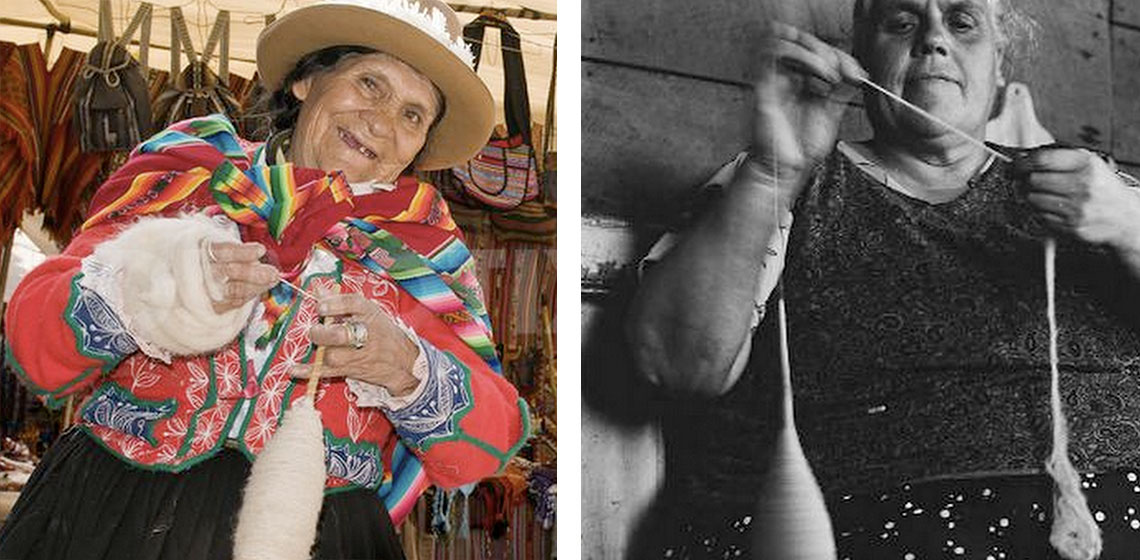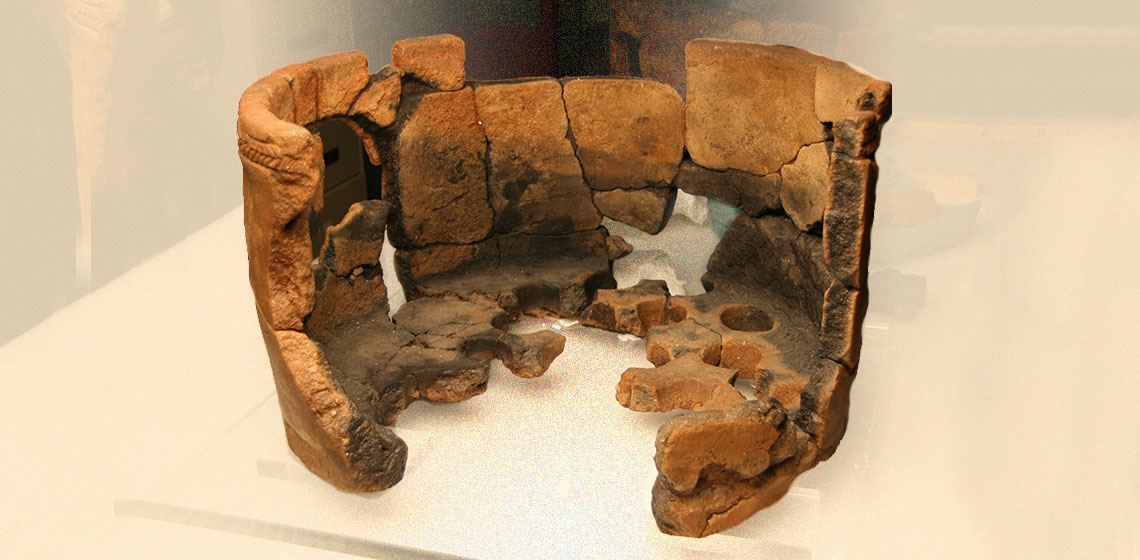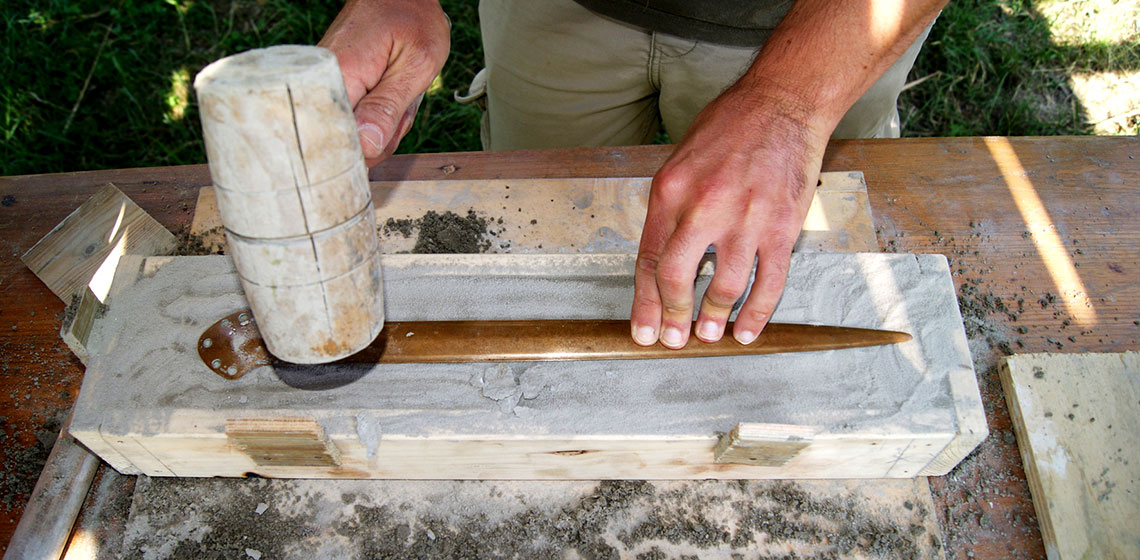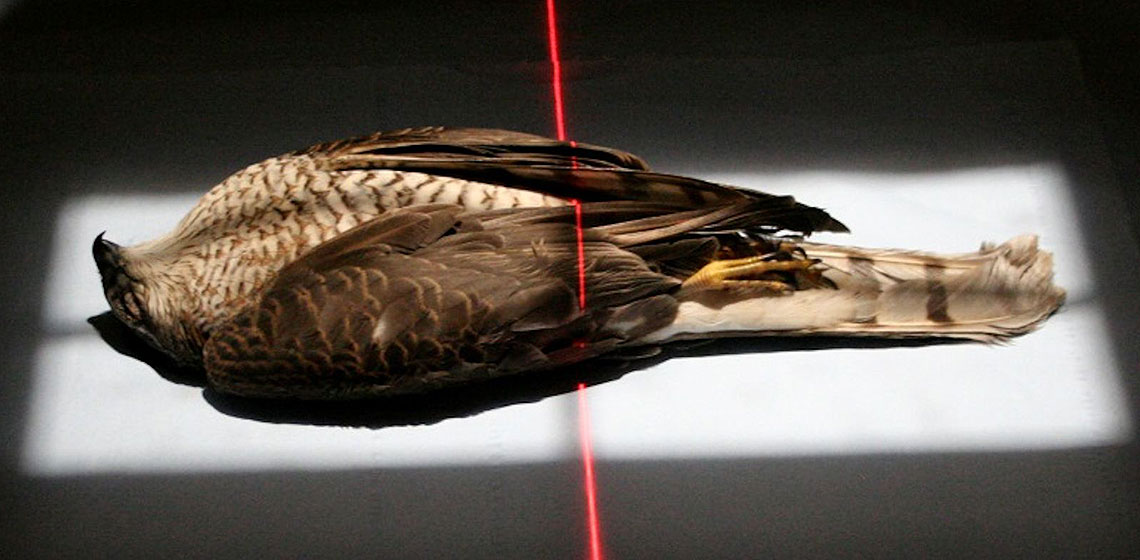An Experimental Approach to Studying the Technology of Pottery Decoration
***The early Middle Chalcolithic pottery tradition of Seh Gabi Tepe in Iran is called Dalma tradition. Among the different types of Dalma pottery, I have focused on monochrome painted ceramics, to investigate, by means of experimental analysis, how their decoration technology was undertaken...



